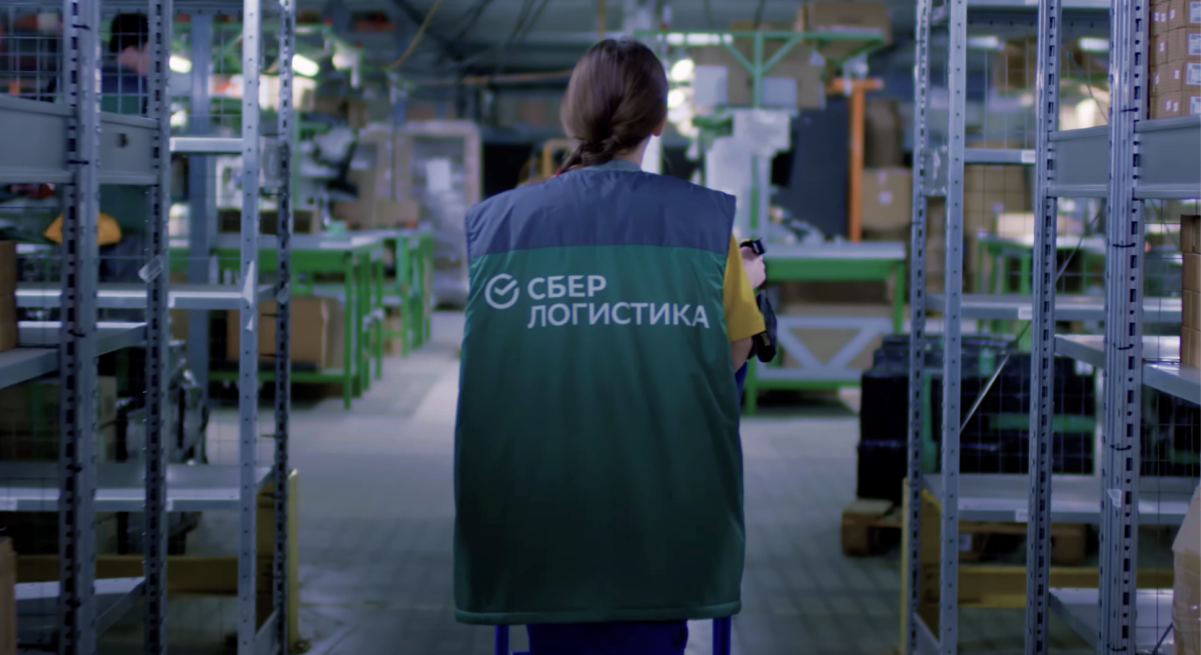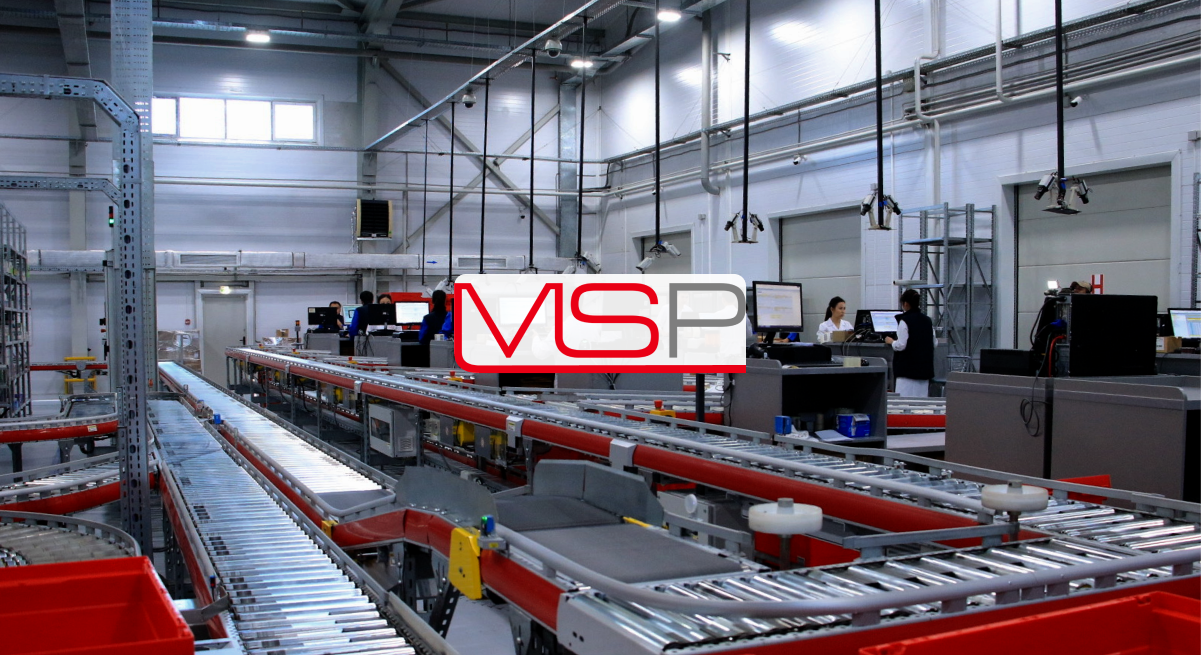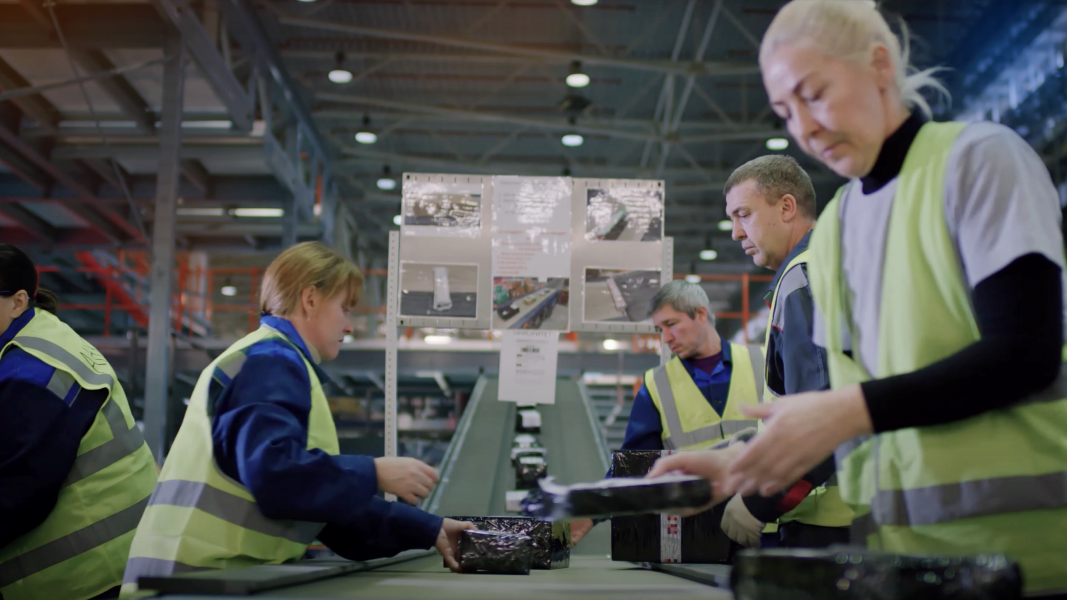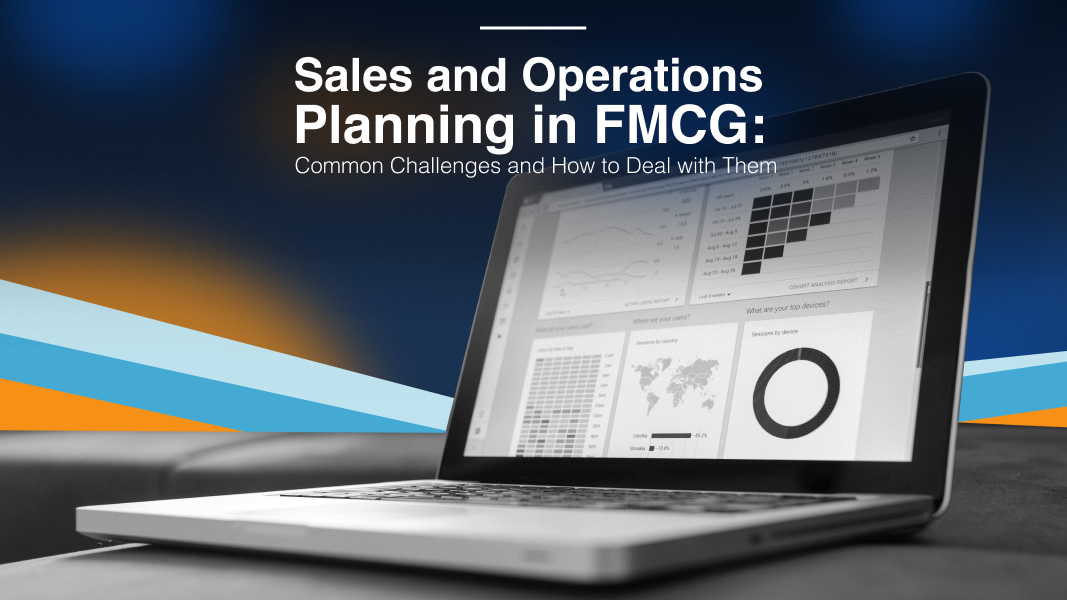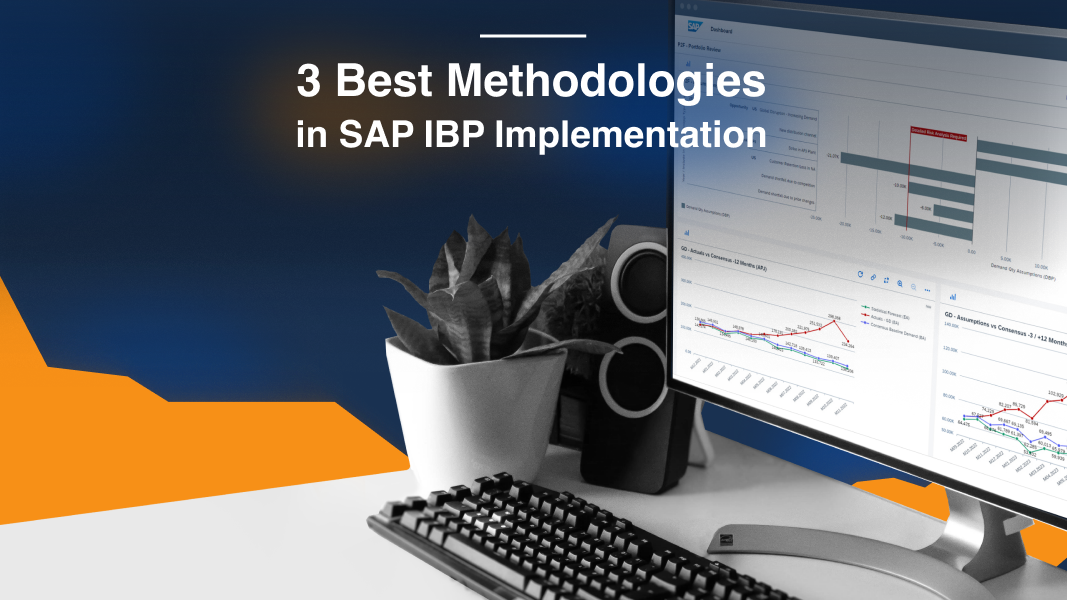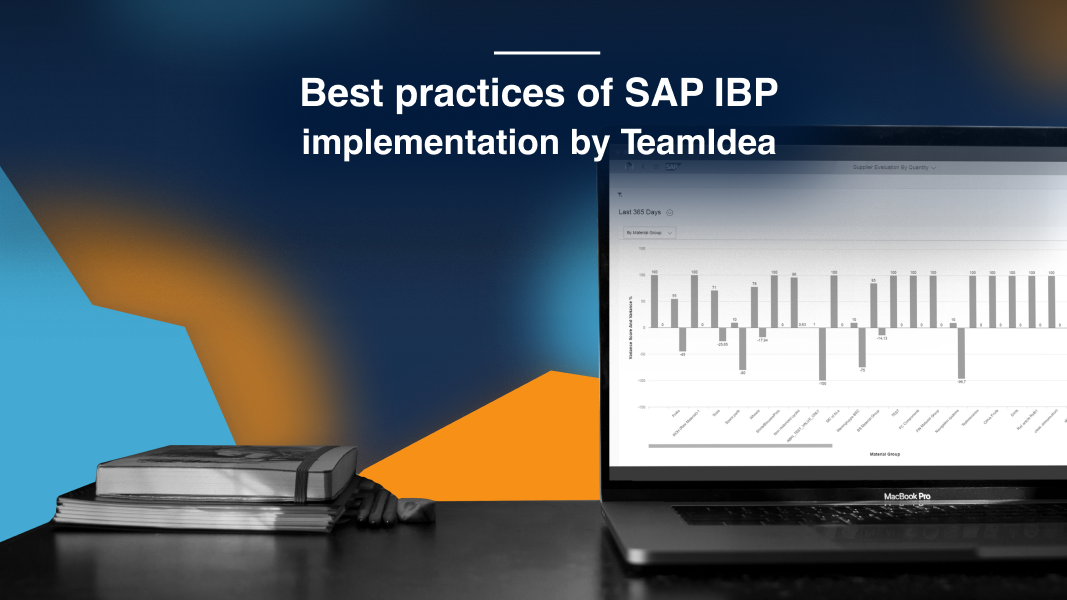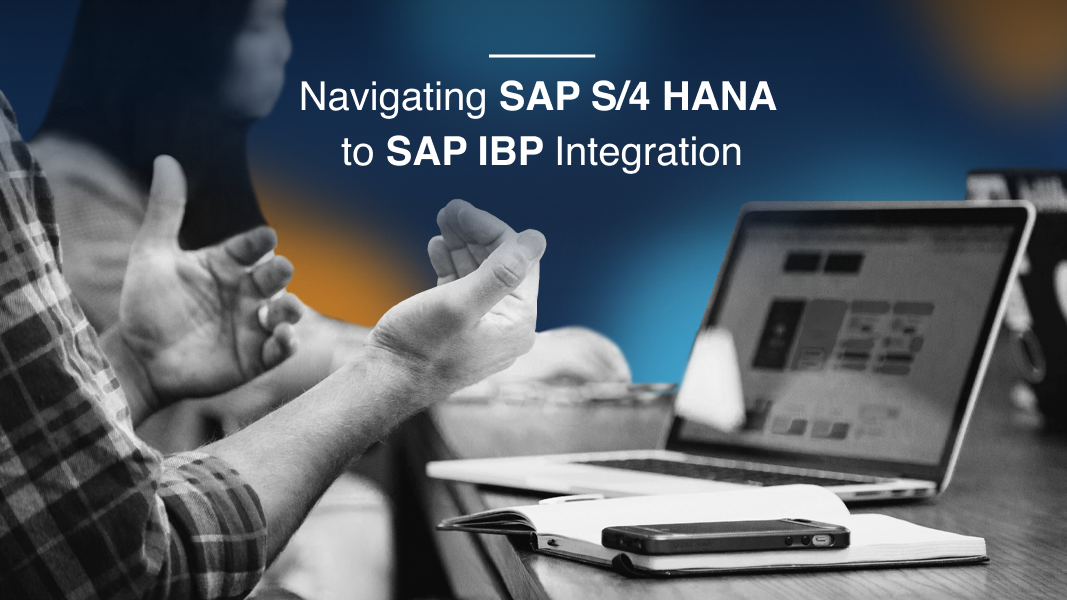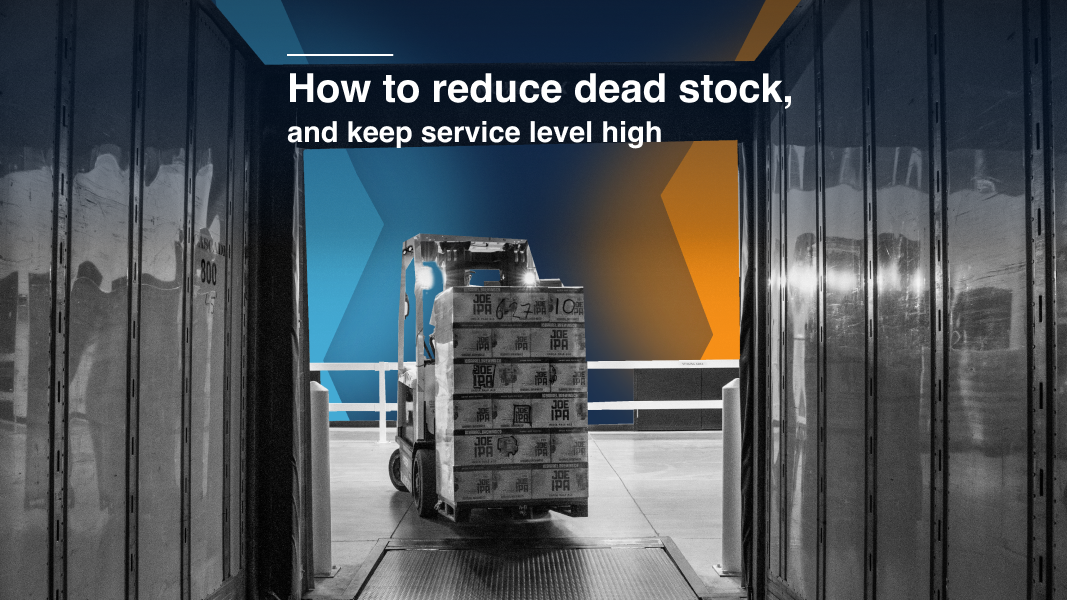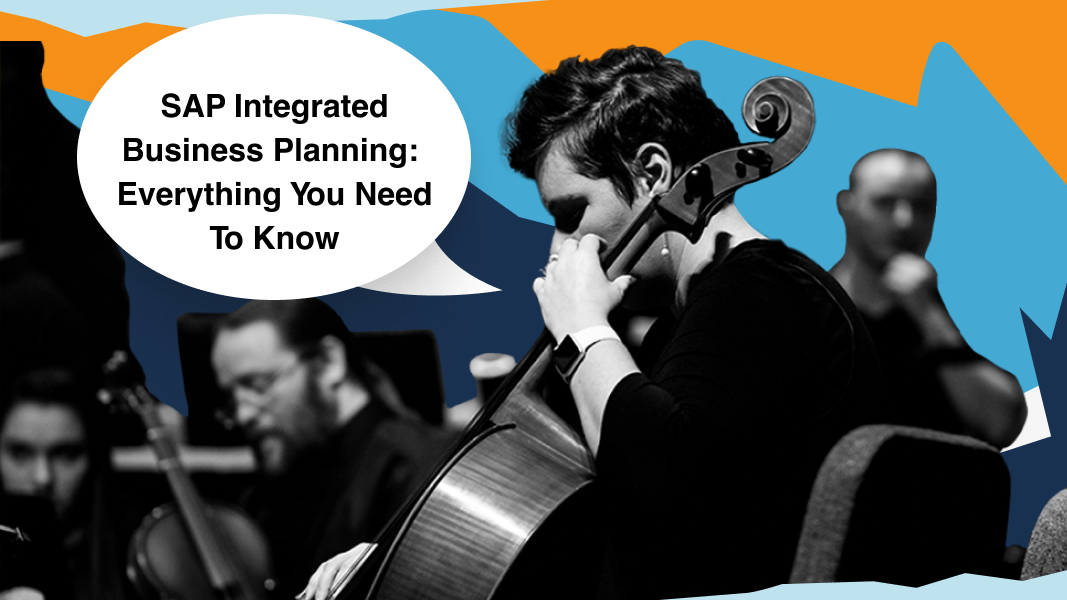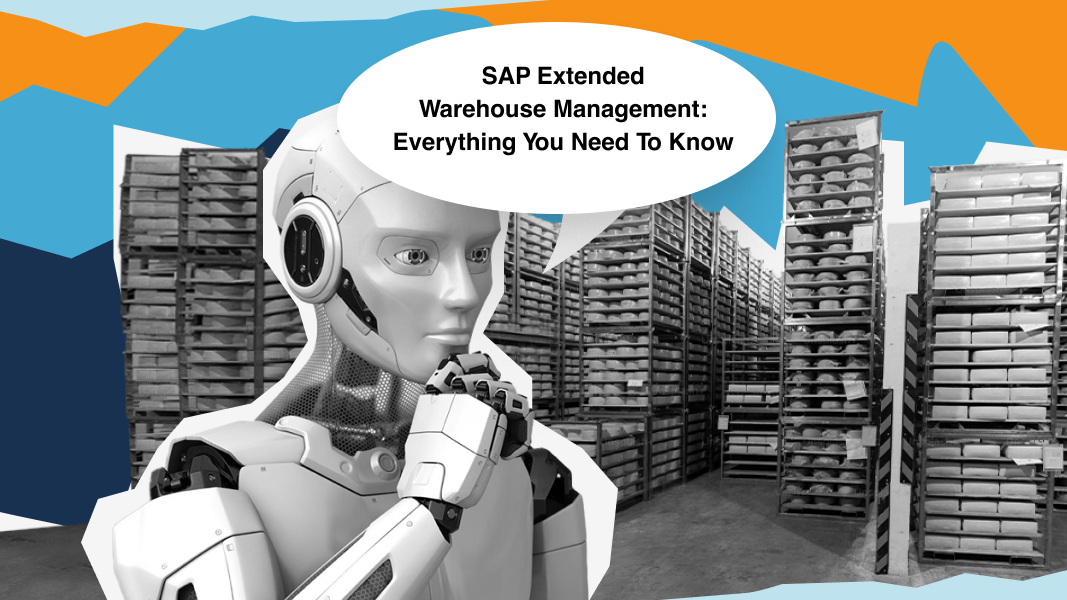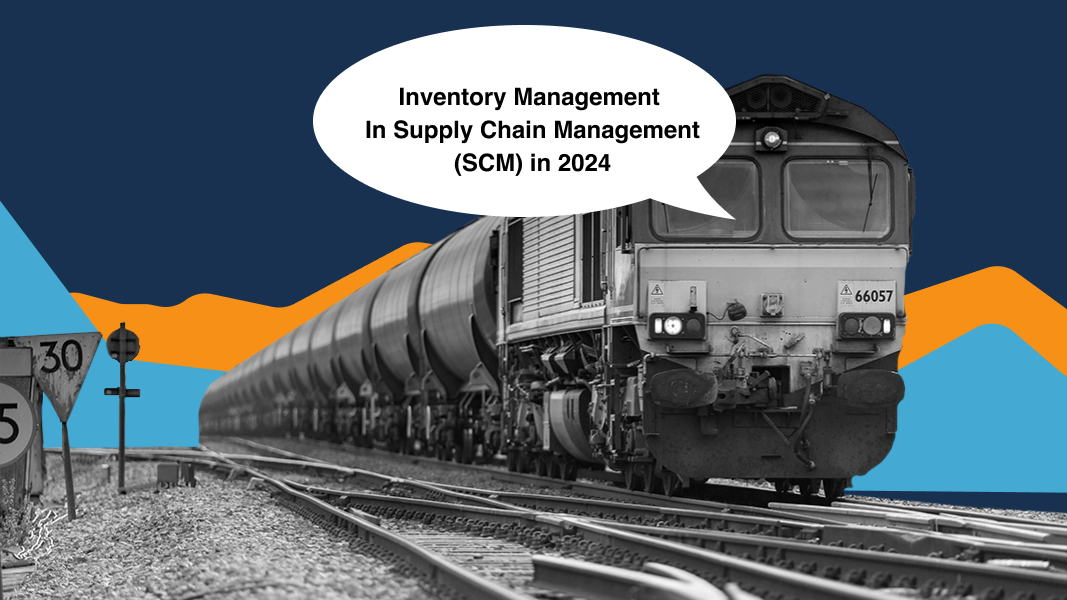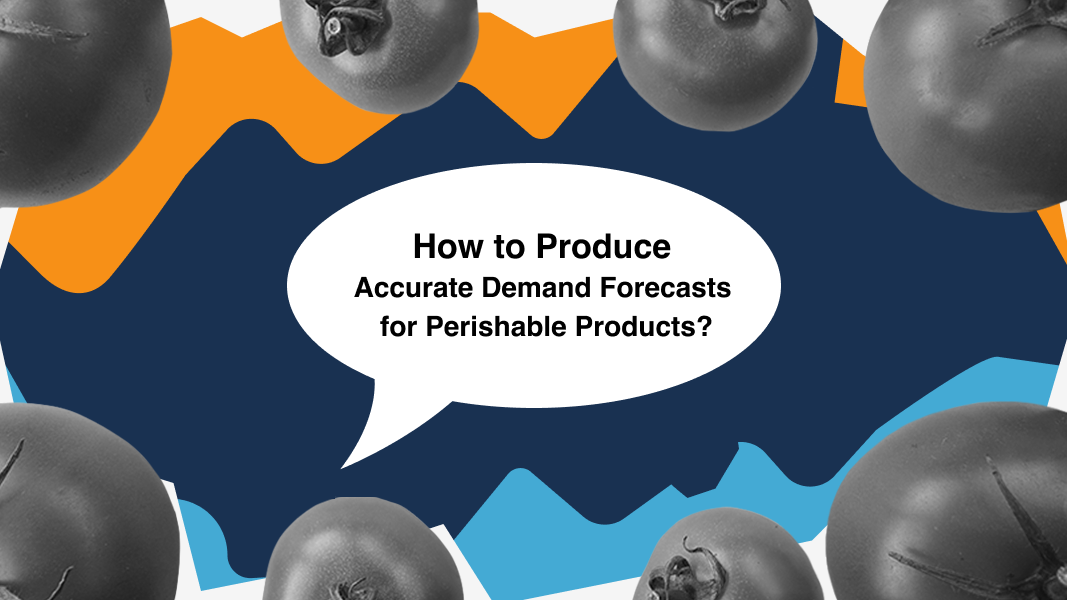1710
23 min
Customer Experience Strategies That Drive Sustainability and Profitability

Midsize companies are adjusting their approach to customer experience (CX) by rethinking traditional organizational priorities, according to a new survey from the SAP Insights research center.
Intensely focused on their customers, midsize companies have long considered technology-driven transformation and business model innovation crucial factors for driving growth, increasing efficiency, reducing costs, fending off competitors, and seeking new markets. But senior leaders from key CX areas – sales, marketing, and services – are also spending more time and resources on evolving their CX processes to operate more sustainably, revealing new challenges, opportunities, and priorities for now and the near future.
SETTING THEIR SIGHTS ON GROWTH
When asked to rank their top three organizational priorities both now and beyond the next 12 months, respondents reported achieving revenue growth as most important, followed by increasing operational efficiency, with mitigating risks as third. And they expect these priorities to remain the same beyond the one-year horizon.
In terms of generating revenue growth, leaders from midsize companies identified increasing the sustainability of their products and services among the top five priorities. This finding suggests that sustainability is a key, albeit new, strategy for growing revenue, joining the ranks of traditional tactics such as increasing sales to existing customers, introducing new products and services, and improving brand recognition and reputation. (See Figure 1 for the top five responses.) Ranking further down the list were expanding to new market segments (30%) and new geographical locations (26%), establishing new business partnerships (26%), introducing new business models (26%), and acquiring existing companies (17%).
By incorporating sustainability into CX strategies, companies position themselves to provide winning moments that matter to the customer. They can build relationships that strengthen loyalty, encourage future purchases, and inspire trust to fuel ongoing growth.
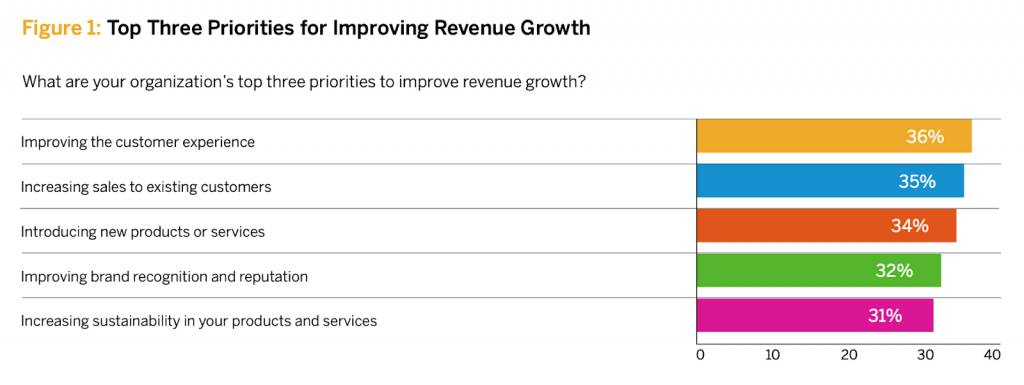 |
TAKING ON EFFICIENCY DRIVERS
Midsize companies have worked diligently to boost operational efficiency – controlling costs, scrutinizing every spend request, and maximizing profit margins everywhere possible. And this concept of continuous optimization is being expanded to CX operations, which traditionally focus primarily on effectiveness and customer outcomes.
In addition to improving cost control and spend management, surveyed midsize companies cited sustainability of operational processes as a principal focus in increasing business efficiency. Making supply chains more dependable was also considered important. (See Figure 2 for the top five priorities.)
While automation is a traditional process efficiency strategy, senior CX leaders are expanding their efforts with new tactics. For example, sales and marketing organizations indicated the need to develop new sales and marketing strategies, predict purchasing behavior with greater accuracy, and improve their understanding of markets, customer needs, and product capabilities. Customer service organizations, on the other hand, seek better ways to resolve customer problems, requests, and inquiries; measure customer satisfaction after interactions; and provide feedback and insights regarding appropriate product design, development, and marketing contacts.
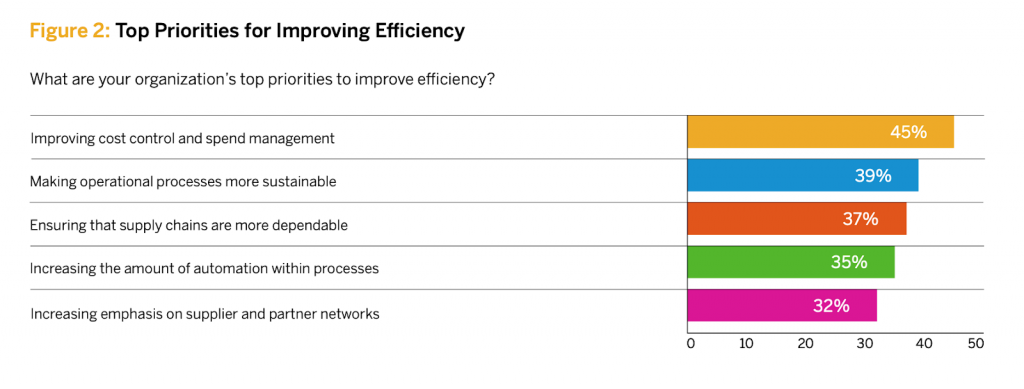
|
VIEWING RISK IN A NEW LIGHT
It’s no longer enough for businesses to think about traditional risk areas, such as thwarting existing competitors and protecting against new market entrants. These factors have been pushed aside by the abrupt changes experienced worldwide over the last three years and their impact on businesses.
As indicated by the responses of surveyed senior leaders, CX leaders place a greater priority on brand reputation than the general respondents. Organizations are applying risk mitigation efforts focused on avoiding damage to brand reputation, strengthening areas of supply chain fragility, and protecting themselves against cybersecurity attacks. Sustainability strategies, such as reducing reliance on scarce resources, are also being prioritized. (See Figure 3 for the top five responses.)
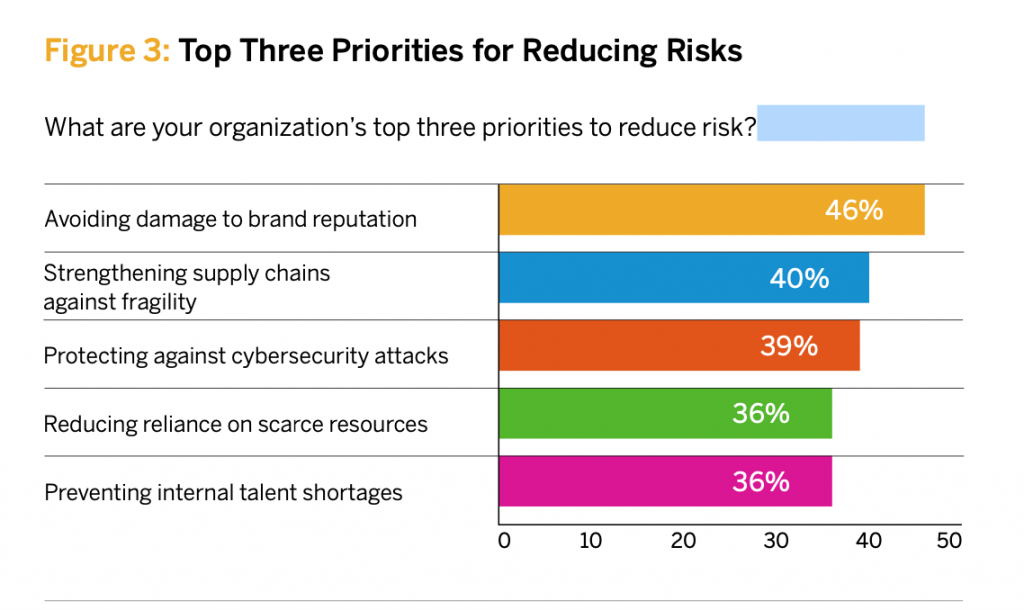
|
In addition, midsize companies are preparing for longer-term instability on several fronts due to challenges such as economic stagnation, resource shortages, cyberattacks, and the climate crisis. (See Figure 4 for the top five responses.)
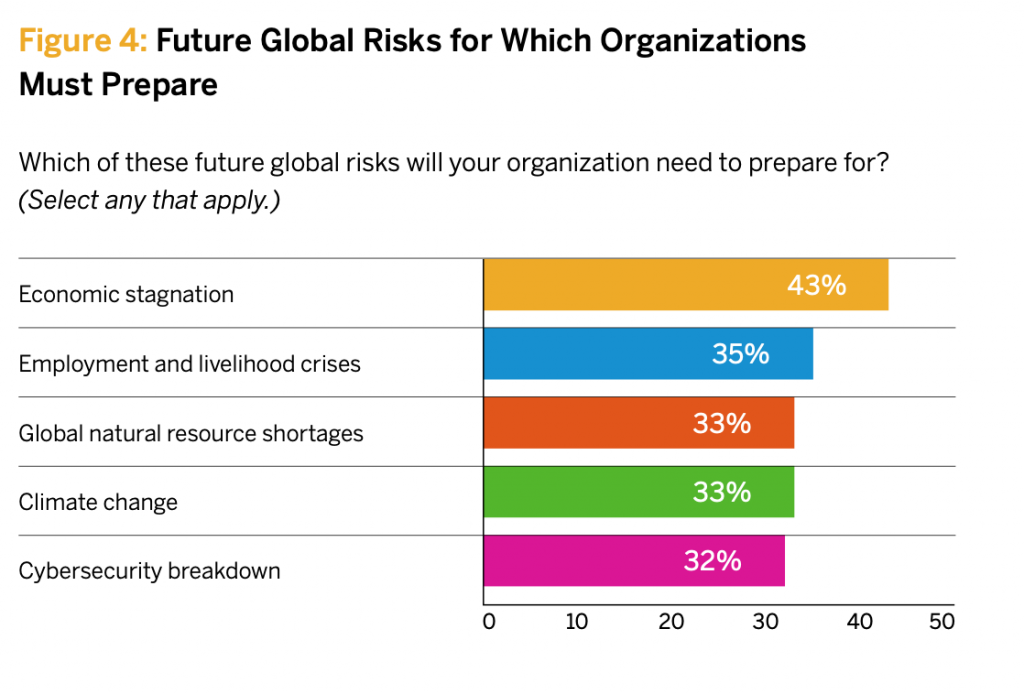
|
Navigating these matters with ongoing preparations and strategies will help organizations address challenges immediately so that they can thrive and survive even under the worst economic conditions. Having a consistent, customer-centric approach throughout the business is key to avoiding damage to brand reputation. For example, managing consumer consent and preferences and avoiding identity fraud are critical to mitigate consumer privacy and data protection risks.
Midsize companies expect to be impacted by the ripple effects of growing economic and societal concerns, including economic stagnation, natural resource shortages, and cyberattacks.
FUELING DIGITAL TRANSFORMATION PROGRESS
Survey participants recognize that transformation is key to increasing their business performance, responding to future risks better, and remaining competitive. They see a positive relationship between their profitability, competitiveness, and business transformation. In fact, 86% of surveyed senior business leaders see a positive relationship between profitability and competitiveness and their organization’s transformation.
Nearly two-thirds of respondents claim to have made progress, with 47% transforming some planned areas and 18% completing their journey as initially conceived. However, the survey findings do not portend good things for companies that haven’t already started transforming – most of them expect to make little progress two years from now.
The technologies most sought by organizations reflect recent hardships in addressing changes in sales processes, marketing goals, and customer service expectations. CX-related business processes are transformed, extended, and safeguarded with employee collaboration tools, cloud computing, and cybersecurity infrastructure. Automated business intelligence (BI) dashboards and application development platforms also rank highly as companies seek to enable employees across roles and expertise to analyze market conditions and develop applications to solve CX challenges. (See Figure 5 for the top five responses.)
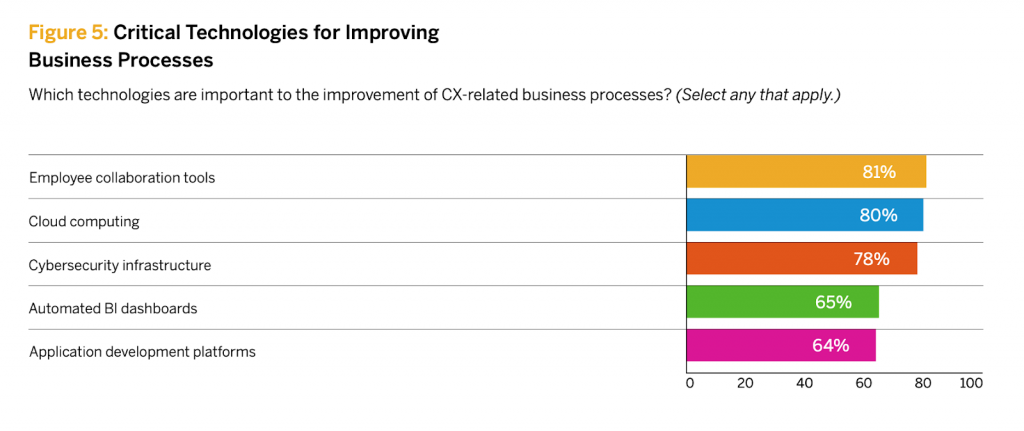
|
Surveyed leaders from midsize companies recognize that their organization’s digital transformation is critical to help improve business performance today, respond to future risks, and retain competitiveness.
RECOMMENDATIONS
Not surprisingly, midsize businesses no longer view CX as a simple “delight the customer” strategy. Instead, it’s become an essential driver for growing revenue, increasing efficiency, and mitigating risk. But an interesting new development has surfaced: sustainability has emerged as a high-priority area of focus to adapt to changing customer demands and expectations and navigate supply chain disruptions and economic shifts.
The foundation of CX agility and sustainability should be a comprehensive platform for data management and analysis across all organizations and processes. With an enhanced understanding of customers based on accurate permission- based data, CX organizations can build a foundation that:
- Meets and exceeds customer expectations in times of uncertainty.
- Builds and protects their brand reputation with instant collaboration.
- Supports innovation by anticipating and getting ahead of customer needs.
- Enables more strategic decision-making with real-time, predictive, and intelligent insights.
- Matches resources to the right growth opportunities to optimize profitability and sustainability.
As a result, midsize companies can accelerate time to value, meet customers where they are with what they want, and produce measurable results with real-time, scalable personalization. Sales, marketing, and customer service organizations can capitalize on revenue opportunities faster by running cross-channel campaigns, generating AI-powered insights, and reaching millions of customers with personalized interactions. And all these tasks are accomplished with as little impact on the environment as possible and maximum improvement of people’s lives worldwide.
THE ROAD AHEAD
Making intelligent CX decisions has become critical in an era in which disruption has become the norm and geopolitical forces have shifted away from the stability of the last three decades. To this end, midsize businesses must go even further in their efforts to offer great experiences that delight the customer by tying together each moment in the customer journey to make personalized suggestions, simplify processes, seize opportunities, and demonstrate sustainability.
The key to achieving such progress in CX transformation is data management. With an open, cloud-based platform that integrates multiple solutions and technologies, midsize companies can acquire the real-time and predictive insights necessary to respond to customer expectations and future market dynamics.
* ABOUT THIS RESEARCH
The SAP Insights Midmarket Senior Executive Priority study collected data from 10,507 executives from companies with annual revenues of less than US$1 billion across 41 markets and 28 industries. Respondents possessed the highest level of line-of-business responsibility and oversight, with titles ranging from director to chief officer. The surveys were conducted from September 2021 through December 2021, with a 10-minute online survey used to collect the data.
Customer Experience Strategies That Drive Sustainability and Profitability.pdf



